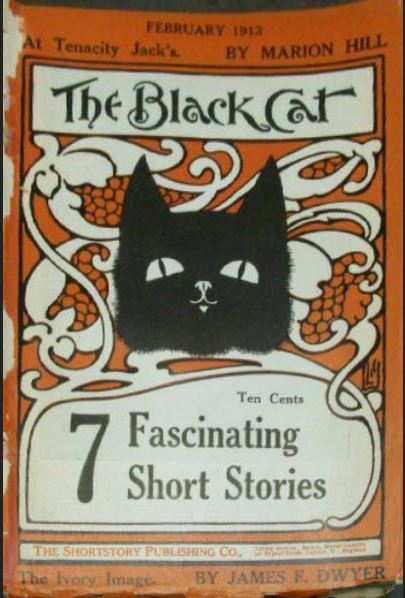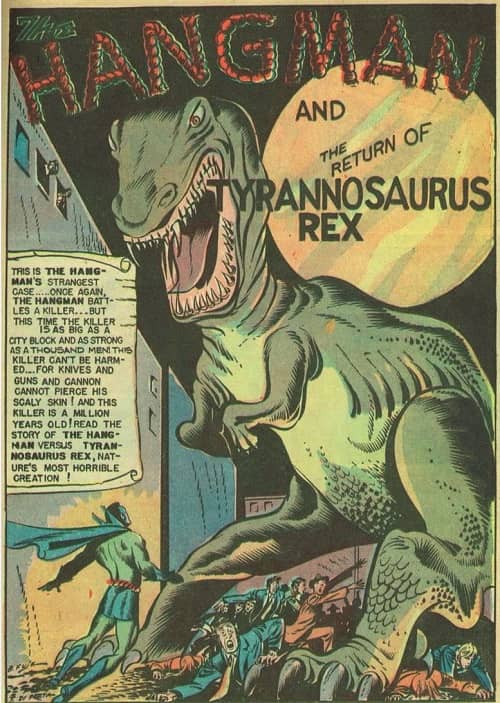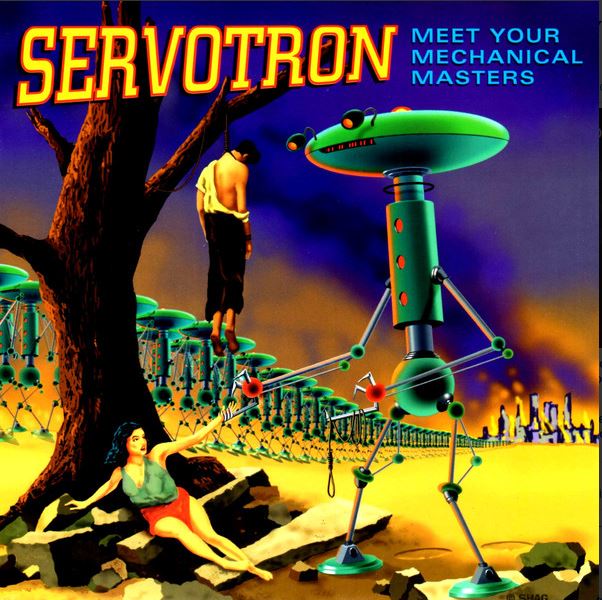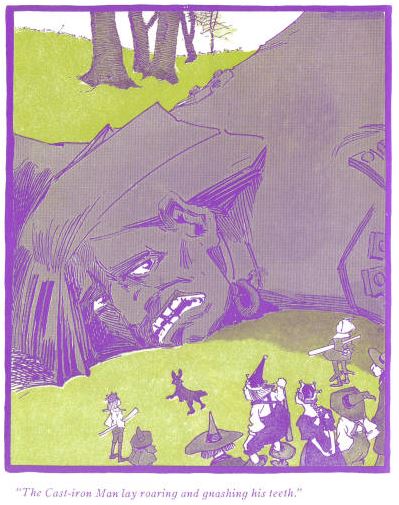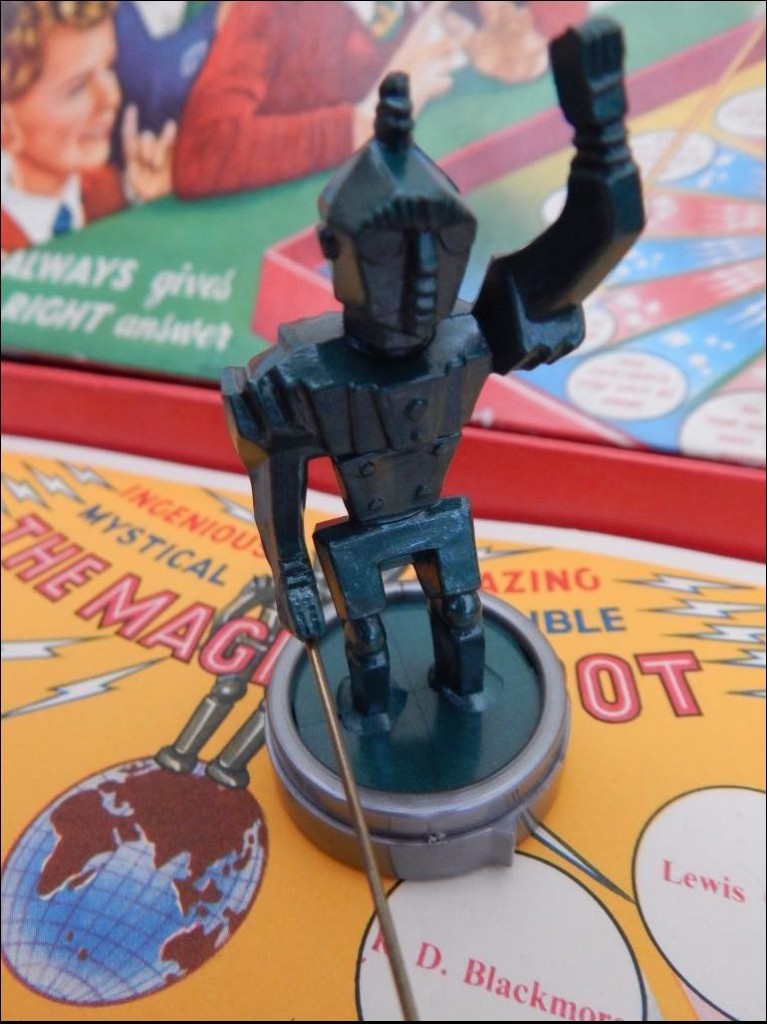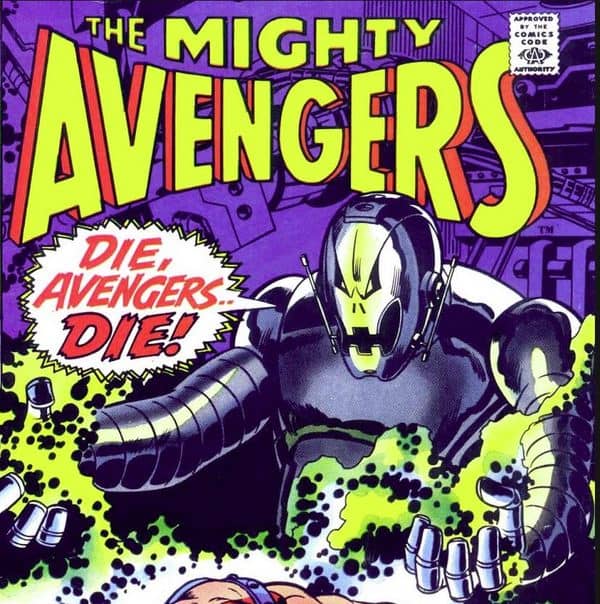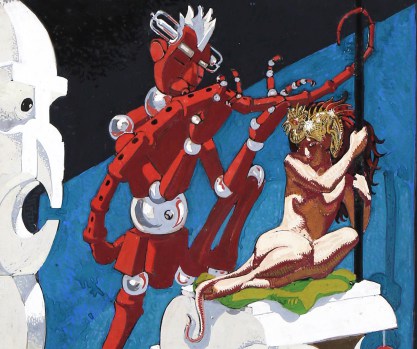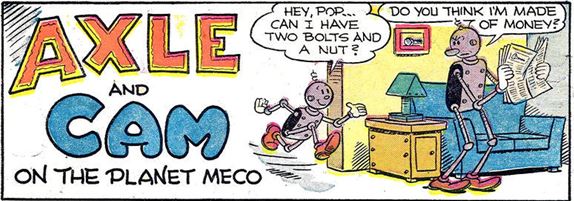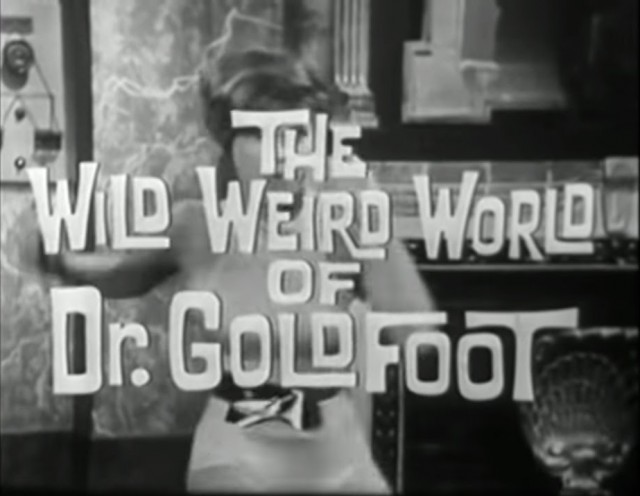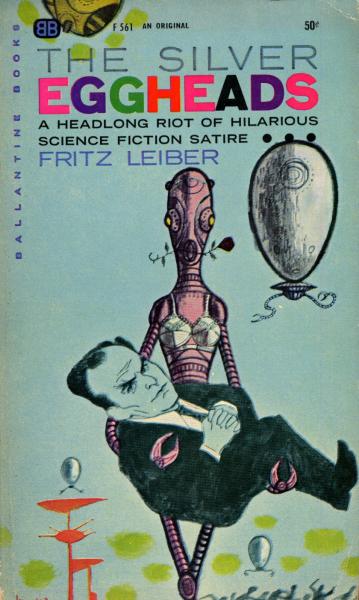The Wonderful Adventures of “Mr. Jones,” the Electric Man
A special treat this time: a lost robot story that nobody has seen for more than a century.
Supernatural tales, ghost stories, odd occurrences, mysterious disappearances, and bizarre inventions all found a home in The Black Cat, a magazine founded in 1895, a year before the first pulp magazine appeared. Mike Ashley calls it “a spiritual ancestor to Weird Tales.” The stories were proto-genre, a mixture of what then got called “unusual” stories, a term that must have had more currency in the 19th century. It was founded by 44-year-old Herman Daniel Umbstaetter, who went by the initials H. D. Not content with being editor and publisher, he seeded the magazine with his own stories, some under pseudonyms, until it took off on its own. Covers were illustrated by his much younger wife Nelly, usually with some variation of the stylized black cat staring spookily out at the reader that appeared from from the first issue.
